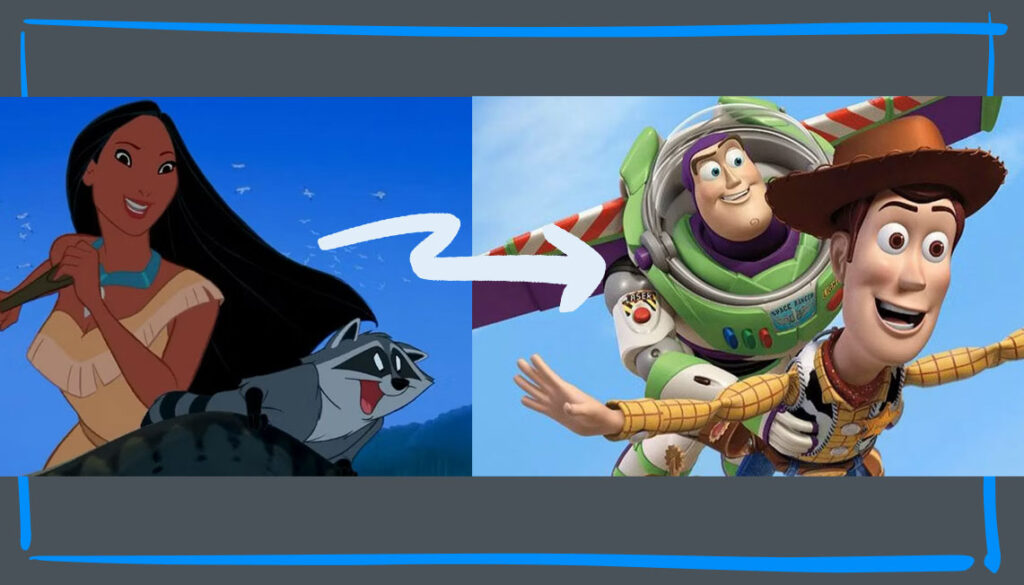In a recent interview with CNBC, Robert Reich, former Secretary of Labor, explores the seismic shifts that artificial intelligence could bring to the job market, particularly affecting middle-class workers.
Reich predicts that AI will introduce a “spot auction market” for labor, a real-time bidding system where the price for labor is determined by immediate supply and demand. This would make income and job security highly unpredictable, as employers and digital platforms would bid for workers’ services based on real-time needs.
Reich also discusses the broader economic implications of this AI-driven labor market. He argues that as AI takes over various roles and increases efficiency, a universal basic income (UBI) may become indispensable. In a world where human roles are increasingly replaced by AI and labor rates fluctuate in real-time, people will need a guaranteed income to sustain their purchasing power and keep the economy running.
These insights offer a sobering look at the future of work in an AI-dominated world. His discussion suggests that as AI becomes more integrated into our professional lives, we may need to significantly adapt our economic and social systems, especially concerning income distribution and job security in a “spot auction market” environment.
On a related note, data scientist Christopher Penn recently wondered “what is the value of work?“
Chris is arguing that AI is not a threat but a tool that enhances productivity and efficiency. Drawing parallels with the advent of search engines and smartphones, the article posits that just as these technologies didn’t make us “dumber” or “less skilled,” AI will not diminish our value in the workplace. Instead, it will take over routine tasks, allowing humans to focus on more complex and creative aspects of work.
The article emphasizes that the real value of work lies in the “asking”—the ability to pose skillful questions or prompts that lead to meaningful outputs. AI can produce answers, but the quality of those answers is determined by the quality of the human-generated questions.
The article also criticizes institutions like schools that ban the use of AI, stating that they are doing a disservice to students by not preparing them for the future. It argues that AI is a “tool of the trade” for virtually every profession, especially those that involve language.
Those who embrace AI will have a competitive edge, as it extends our capabilities and allows for more effective communication. The article concludes that the role of AI in the workplace is to “replicate and extend our capabilities with language,” and those who understand and utilize this will outperform those who resist the technology.
On the other side of the coin, R. “Ray” Wang’s recent post explors ways AI could make us dumber. It discusses the potential risks of generative AI, focusing on how it could lead humanity into a “Dark Ages of Knowledge.” The piece argues that while AI has the potential for great benefits, it also poses significant risks, such as the distortion of reality through misinformation and the potential for “machine scale security attacks.”
One of the most concerning points is that AI could create a dark age for public information. The article suggests that competitors and governments might limit publicly available data to protect their interests, leading to a situation where access to human knowledge is confined to private networks.
This could result in a less informed public, as most data would remain in closed silos unless policymakers take steps to make human knowledge publicly accessible again.
The article concludes by emphasizing the urgent need for policymakers to consider the implications of AI on human rights and public knowledge. It suggests that there is a limited window of 18 to 24 months for experts from various fields to convene and discuss policies that will define and preserve humanity in the age of AI.
Ray raises the alarm that if we don’t act soon, AI could not only disrupt our jobs and security but could also make us a less informed and therefore less empowered public.
In a nutshell, AI is a game-changer with both promise and pitfalls. Experts like Robert Reich, Christopher Penn, and R. “Ray” Wang give us a lot to ponder—from job markets to public knowledge. The takeaway? We’re at a pivotal moment, and how we engage with AI now will define our future. Don’t sit on the sidelines—educate yourself, participate in policy discussions, and advocate for responsible AI use.
News at the Intersection of AI and Design
🗳️ Design Democratization: A Blessing or a Curse?
Barney Abramson’s article on LinkedIn delves into the democratization of design, exploring how platforms like Canva and Fiverr are making design accessible to everyone, not just professionals.
- Platforms like Canva offer accessibility but may lack the depth and versatility of professional tools like Adobe Creative Cloud.
- Abramson also explores the future of design, envisioning a scenario where Adobe could lead the democratization trend with a user-friendly platform that leverages AI to guide users through the design process.
🫣 Marketers’ Biggest Concerns About AI
New research from The Conference Board is like a snapshot of what’s going on in marketers’ minds about AI. The good, the bad, and the “oh, I need to think about that.”
- Marketers are really worried about AI potentially spreading misinformation or inaccurate info. Legal issues and data privacy are also on their radar.
- On the brighter side, they’re looking forward to AI boosting their productivity. But yeah, job loss due to AI is a cloud hanging over their heads.
🔨 How To Develop A Web App With ChatGPT
For me, the best way to learn is by doing. If you’ve ever wondered how to build a web app without coding, this article by Rolf Mistelbacher is a must-read! It’s a step-by-step guide on using ChatGPT to create a web app for generating social media images.
- You don’t need to be a coding wizard to build an app. With ChatGPT and Netlify Drop, you can create a functional web app that generates branded social media images.
- While ChatGPT makes the process easier, be prepared for some back-and-forth to fine-tune your app. It might not be perfect on the first try, but you can debug and redeploy until it’s just right.
New Resources for you

The Evolution of Animation: A Tale of Pencils and Pixels
On a recent Disney-related trip, I realized that we don’t see 2D-animated movies anymore. Disney doesn’t make them. I wondered why and my research (I googled it) showed that it comes down to economics.
This obviously made me think of the impending evolution of creative jobs as digital technology is getting ready to upend many careers.
The silver lining is that Disney is now exploring ways to combine 2D and 3D animation. But for the last 12 years, 2D animators have been out of luck. People who have jobs that can be disrupted by AI should be getting ready for this impending change.
I dig deeper on this topic, and how Disney helped retrain its employees, in this recent article.
How can I help you?
If you want to learn more about what’s available, here are some links:
Thanks for reading!
-Jim
Want to join hundreds of other designers who are staying ahead of the coming AI wave?
Subscribe now to get the latest in AI and Design in your inbox each week.



